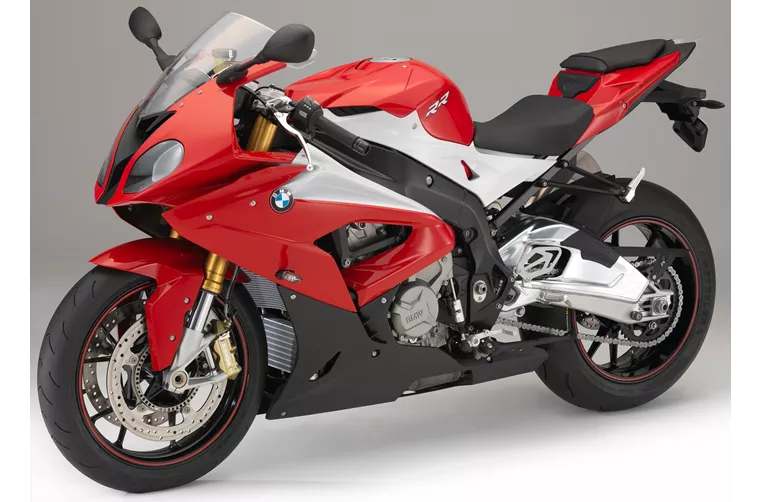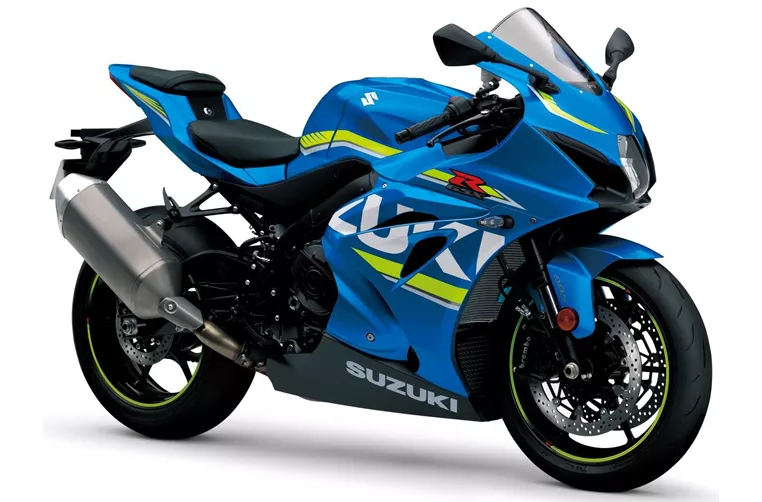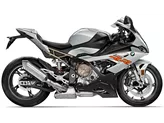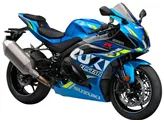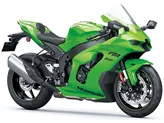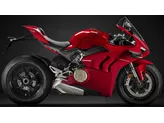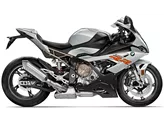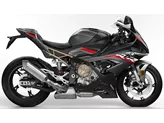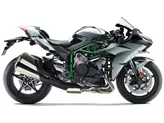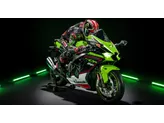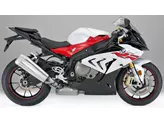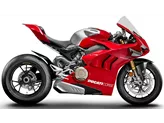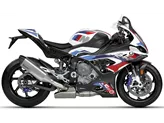BMW S 1000 RR 2016 vs. Suzuki GSX-R 1000 2017
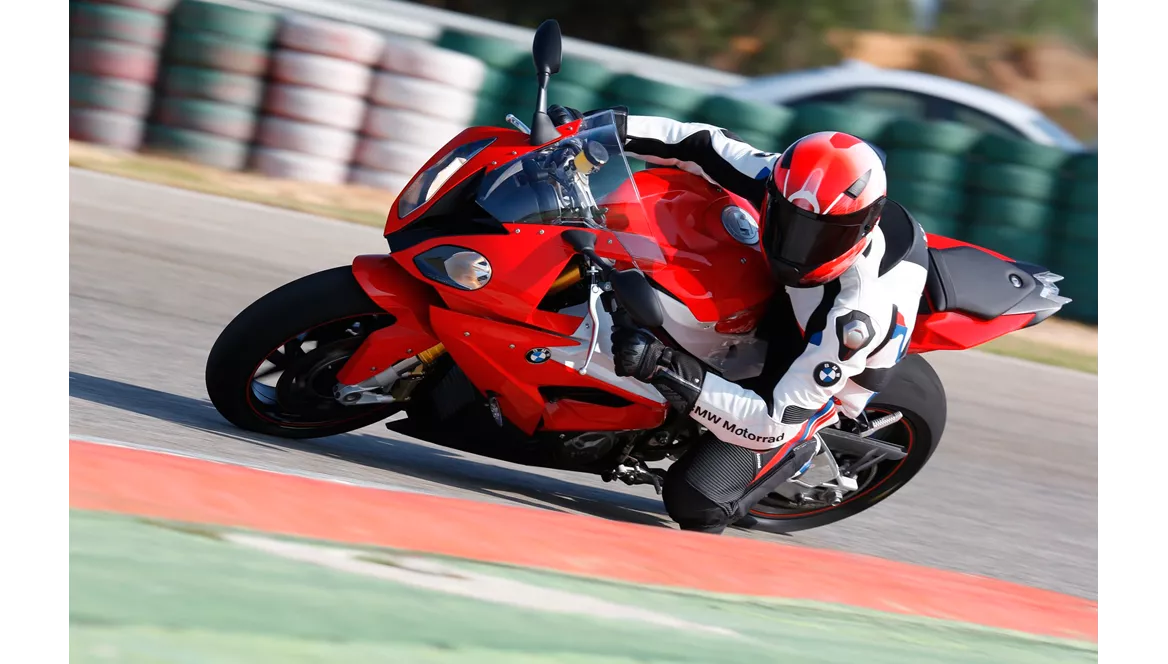
BMW S 1000 RR 2016
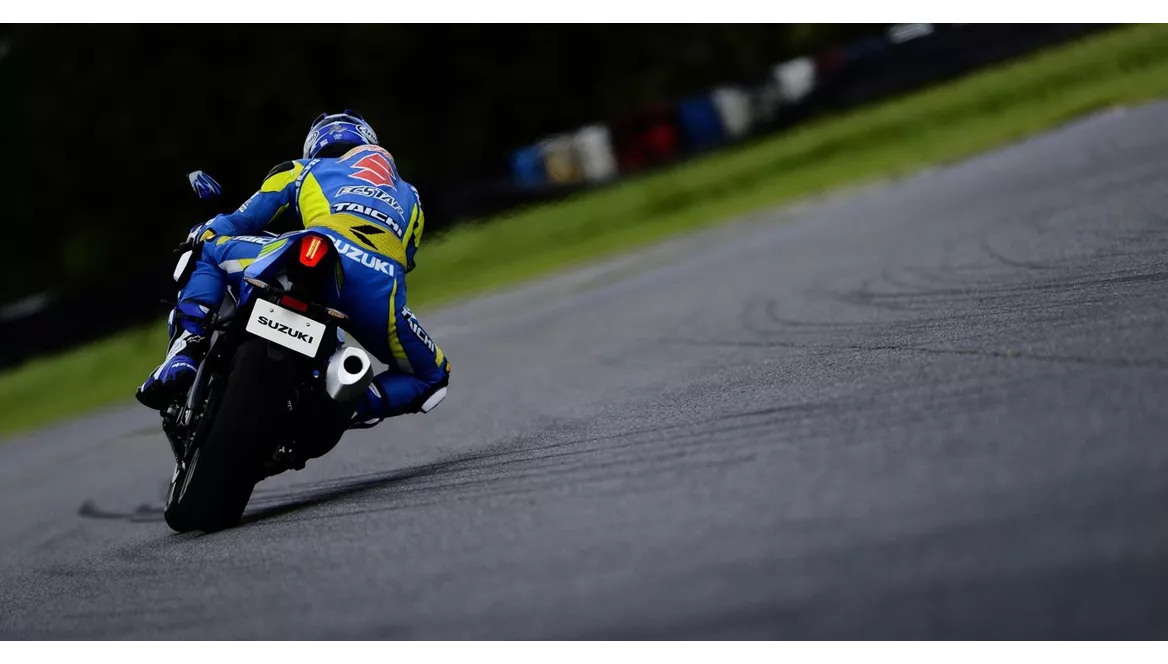
Suzuki GSX-R 1000 2017
Overview - BMW S 1000 RR 2016 vs Suzuki GSX-R 1000 2017
The BMW S 1000 RR 2016 and the Suzuki GSX-R 1000 2017 are both supersport motorcycles that offer impressive performance and advanced features.
Starting with the engine specifications, both bikes have an inline four-cylinder engine with a displacement of 999cc. However, the Suzuki GSX-R 1000 2017 has a slightly larger bore of 76mm compared to the BMW S 1000 RR 2016's 80mm. This difference in bore size may result in different power delivery characteristics. The Suzuki GSX-R 1000 2017 also has a longer stroke of 55.1mm compared to the BMW S 1000 RR 2016's 49.7mm, which may contribute to its high-revving nature.
In terms of power, the Suzuki GSX-R 1000 2017 has a slight advantage with 202 horsepower compared to the BMW S 1000 RR 2016's 199 horsepower. The torque figures also favor the Suzuki, with 118 Nm compared to the BMW's 113 Nm. Both bikes have a high compression ratio of 13 or higher, indicating their performance-oriented nature.
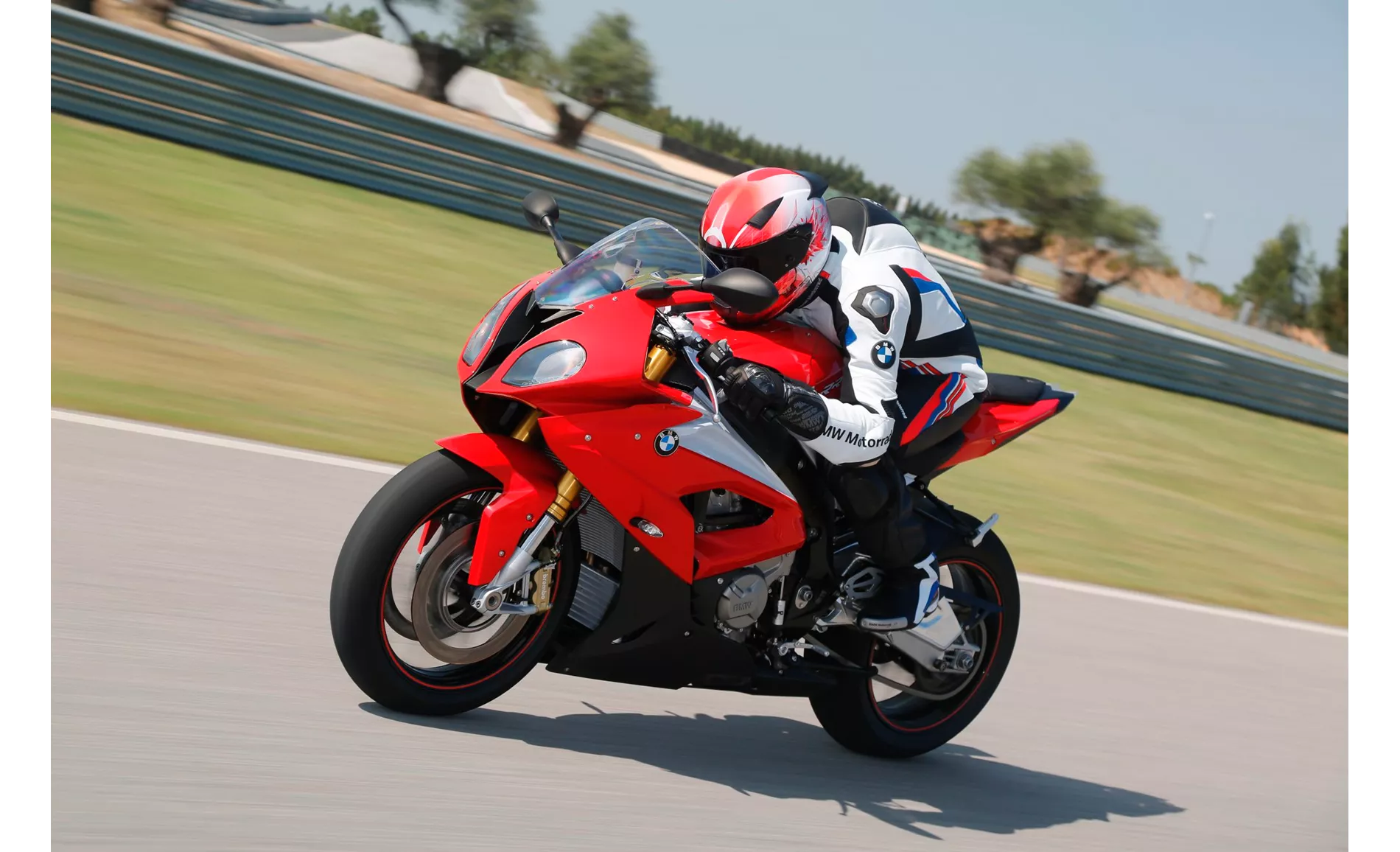
BMW S 1000 RR 2016
Moving on to the suspension, the BMW S 1000 RR 2016 features a telescopic fork at the front, while the Suzuki GSX-R 1000 2017 has an upside-down telescopic fork. Both bikes have a swing arm rear suspension setup. The chassis of both bikes is made of aluminum, providing a lightweight yet rigid structure. The BMW S 1000 RR 2016 has a twin-tube frame, while the Suzuki GSX-R 1000 2017 has a twin-tube, twin-spar frame, suggesting a more advanced design.
In terms of braking, both bikes have double disk brakes at the front. The BMW S 1000 RR 2016 utilizes radial technology, while the Suzuki GSX-R 1000 2017 features radial, monoblock technology. This indicates that the braking performance of both bikes is likely to be excellent.
When it comes to dimensions and weights, there are minor differences between the two models. The wheelbase of the BMW S 1000 RR 2016 is slightly longer at 1425mm compared to the Suzuki GSX-R 1000 2017's 1410mm. The seat height of the Suzuki is slightly higher at 825mm compared to the BMW's 815mm. Both bikes have a fuel tank capacity of 17.5 liters. In terms of weight, the Suzuki GSX-R 1000 2017 is slightly lighter with a curb weight of 202kg compared to the BMW S 1000 RR 2016's 204kg.
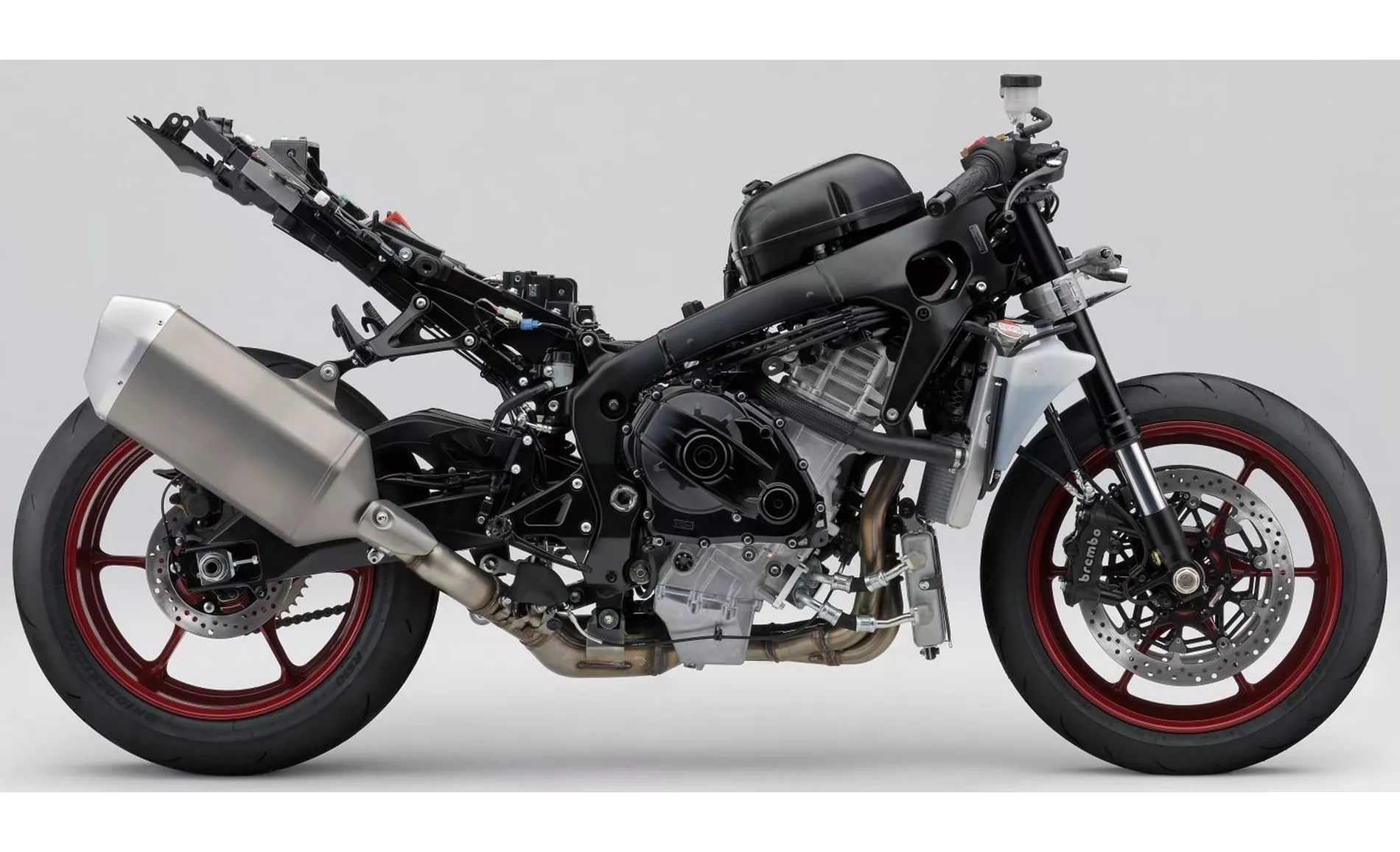
Suzuki GSX-R 1000 2017
In terms of strengths, the BMW S 1000 RR 2016 is praised for its very powerful engine, comfortable seating position, and excellent shift assistant. On the other hand, the Suzuki GSX-R 1000 2017 is commended for its high-revving engine, no dents in the torque curve, super stability on corner exit and radius, great quickshifter, high-quality chassis, and terrific performance on fast tracks.
As for weaknesses, the BMW S 1000 RR 2016 is noted to be somewhat sluggish in curves. The Suzuki GSX-R 1000 2017, on the other hand, has a weakness in that its engine brake is not adjustable.
Overall, both the BMW S 1000 RR 2016 and the Suzuki GSX-R 1000 2017 are highly capable supersport motorcycles with their own strengths and weaknesses. The choice between the two would ultimately depend on the rider's preferences and priorities.
Technical Specifications BMW S 1000 RR 2016 compared to Suzuki GSX-R 1000 2017
Pros and Cons in comparison
Pros and Cons in comparison
BMW S 1000 RR 2016
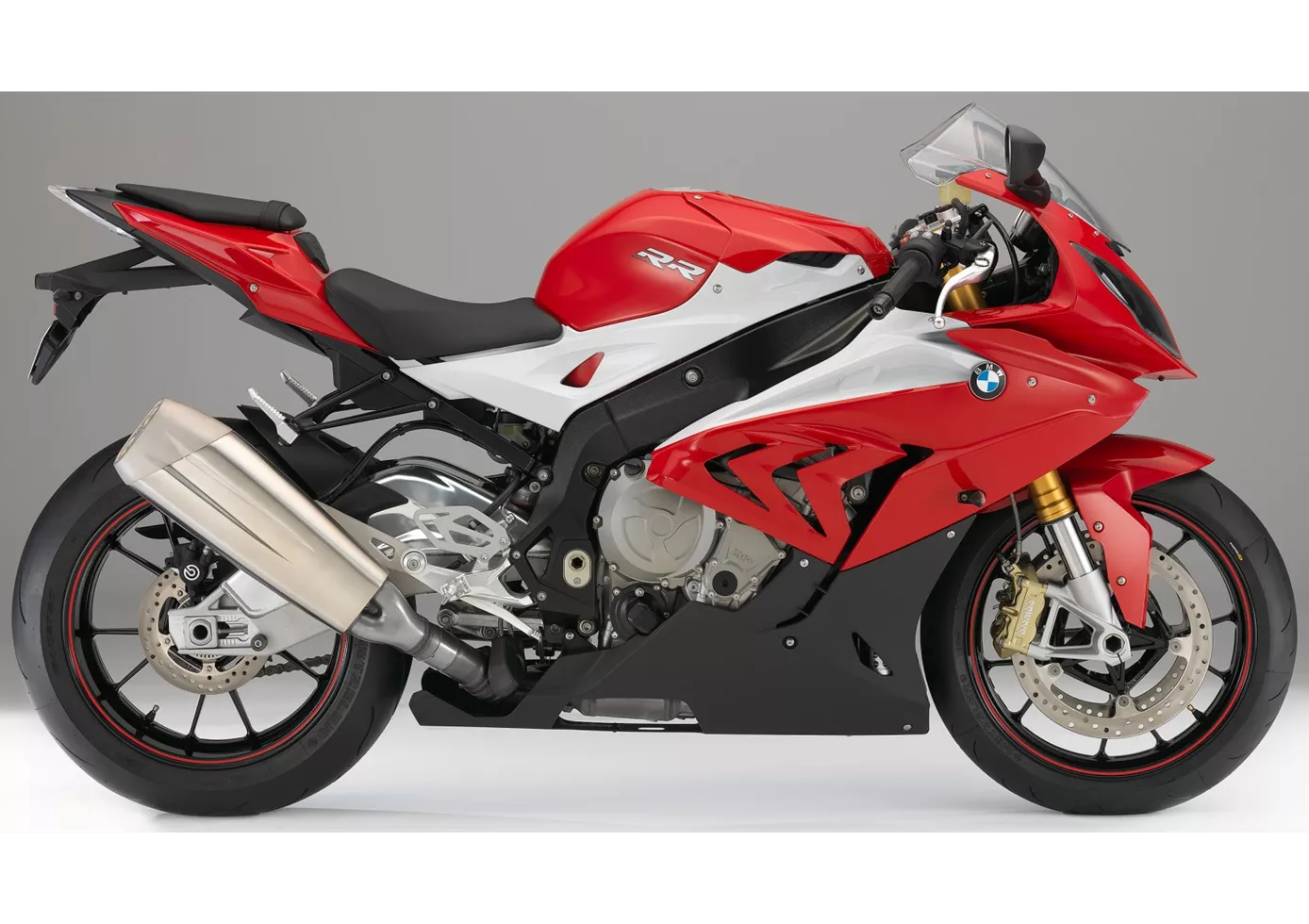
The S 1000 RR is the universal talent among the superbikes - you sit on it and feel comfortable straight away. Although it seems a bit nervous in comparison in terms of chassis and stability. However, it converts this into pleasantly easy handling and impresses with its enormous engine power. The front wheel is indeed particularly light and has to be calmed by the steering damper. An incredibly sporty and at the same time comfortable feature is the shift assistant for upshifting and downshifting - this brings calm to the chassis and you can fully concentrate on driving.
Suzuki GSX-R 1000 2017
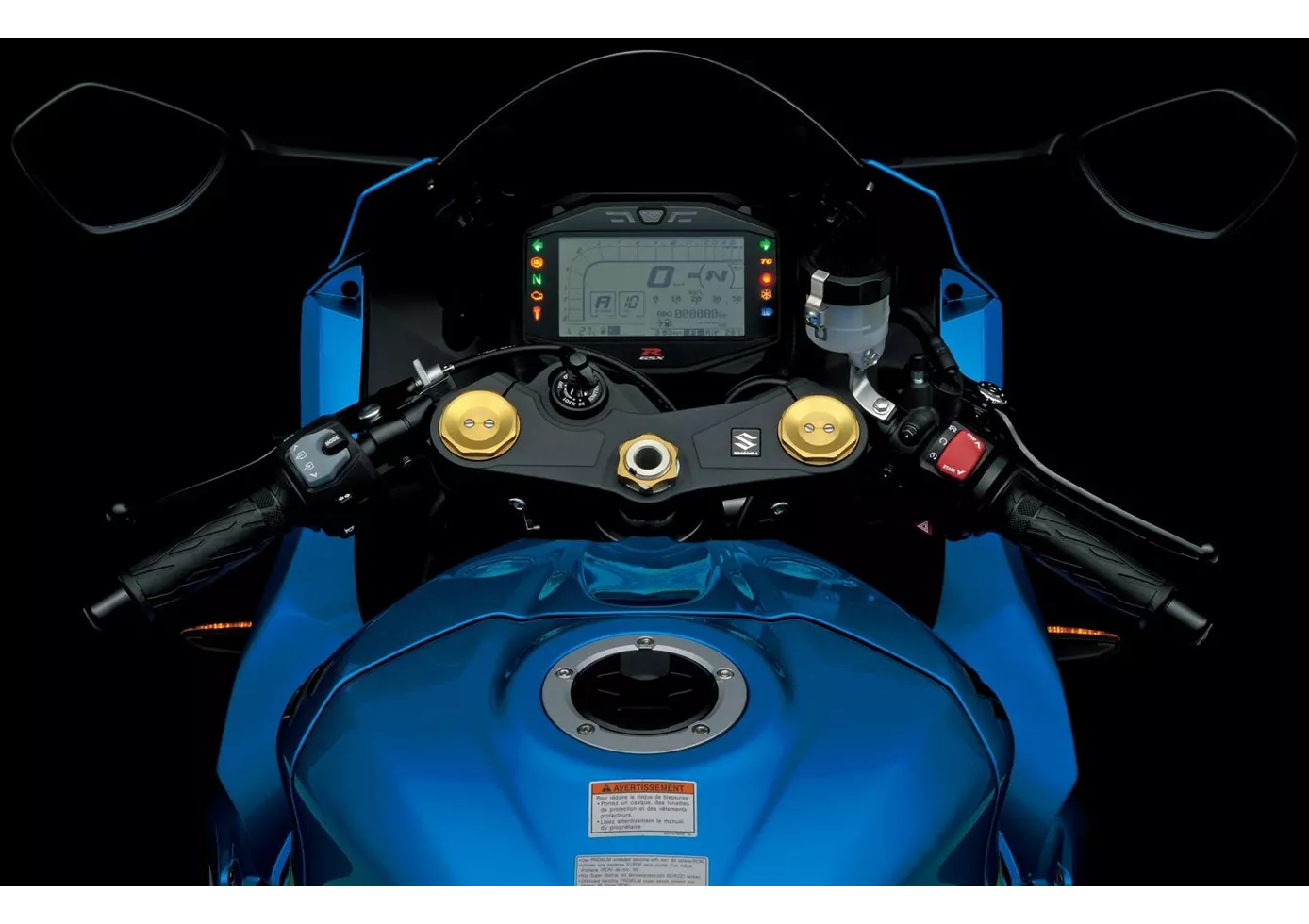
Suzuki has done a great job with the GSX-R 1000 2017. A super-strong motorbike with a fabulously smooth torque curve. Actually unbelievable at 202 hp! The chassis is of high quality and the electronics package has no tinsel but delivers top performance.
Price Comparison Avarage Market Price BMW S 1000 RR vs Suzuki GSX-R 1000
There are a few key differences between a BMW S 1000 RR 2016 and a Suzuki GSX-R 1000 2017. There are the same number of bikes of both models available on the 1000PS.de marketplace, specifically 7. It takes less time to sell a BMW S 1000 RR with 69 days compared to 121 days for a Suzuki GSX-R 1000. Since model year 2010 1000PS.de editors have written 135 reviews for the BMW S 1000 RR and 71 reviews for the Suzuki GSX-R 1000 since model year 2005. The first review for the BMW S 1000 RR was published on 4/16/2008 and now has more than 4,000 views. This compares to more than 7,100 views for the first review on Suzuki GSX-R 1000 published on 3/3/2004.
